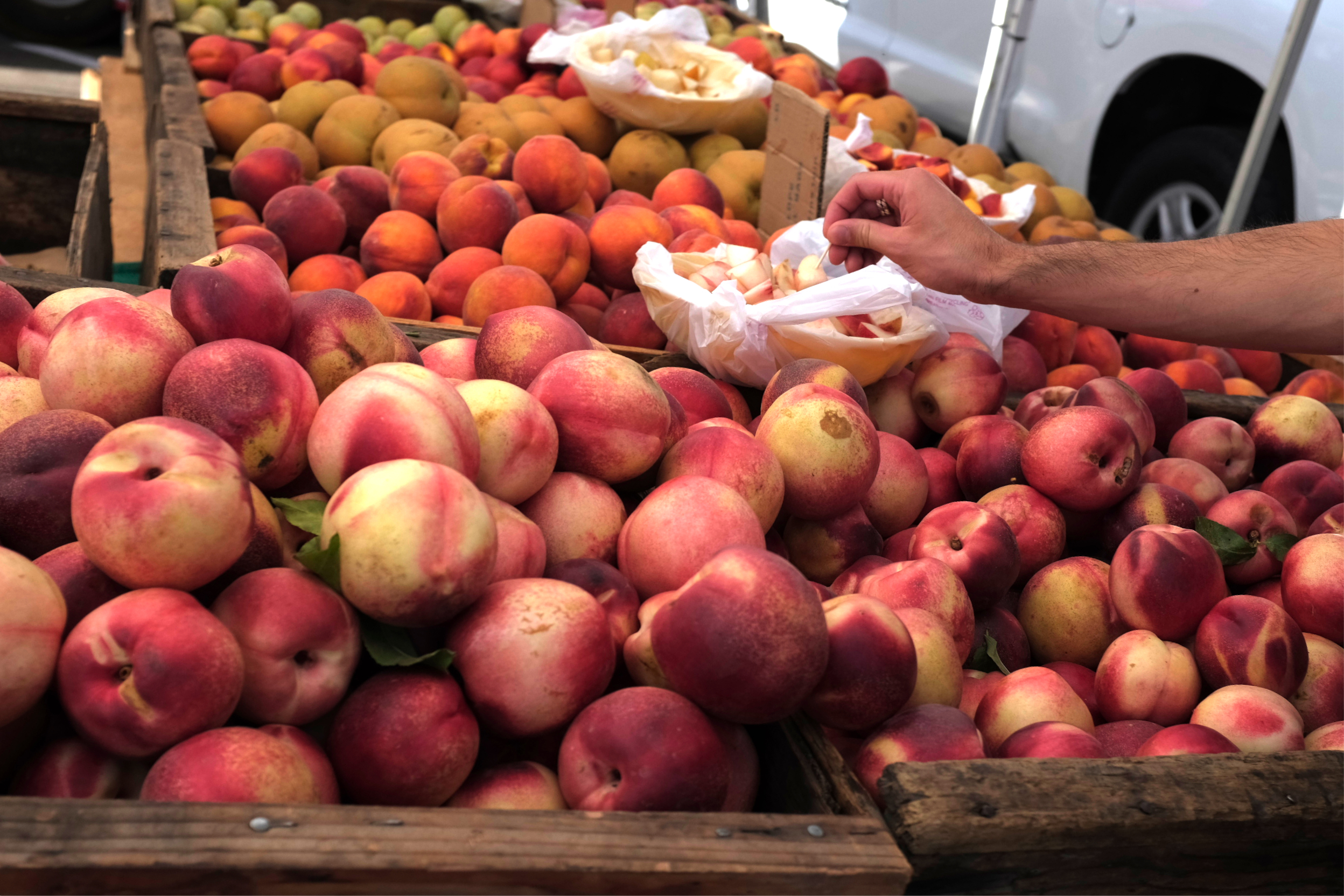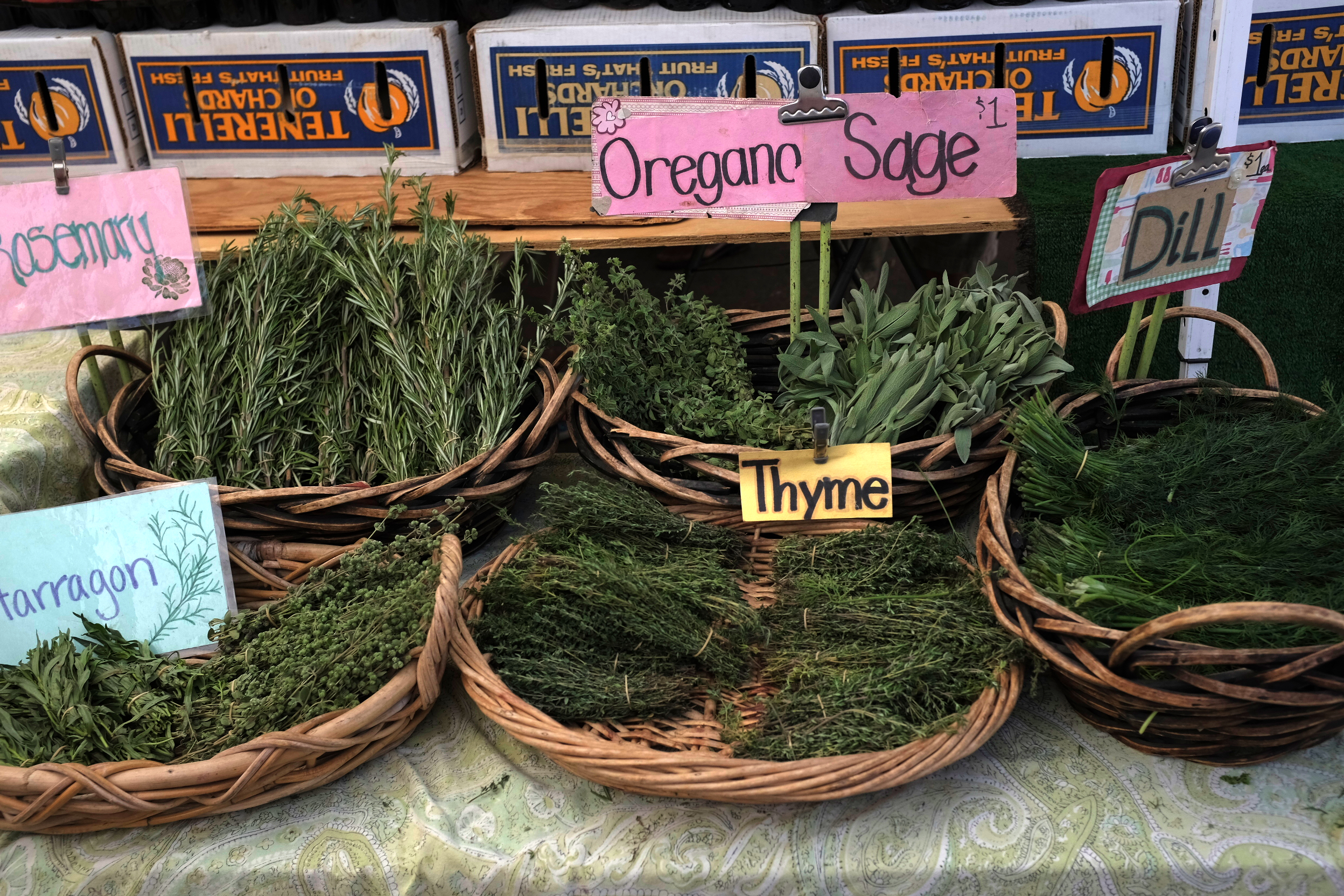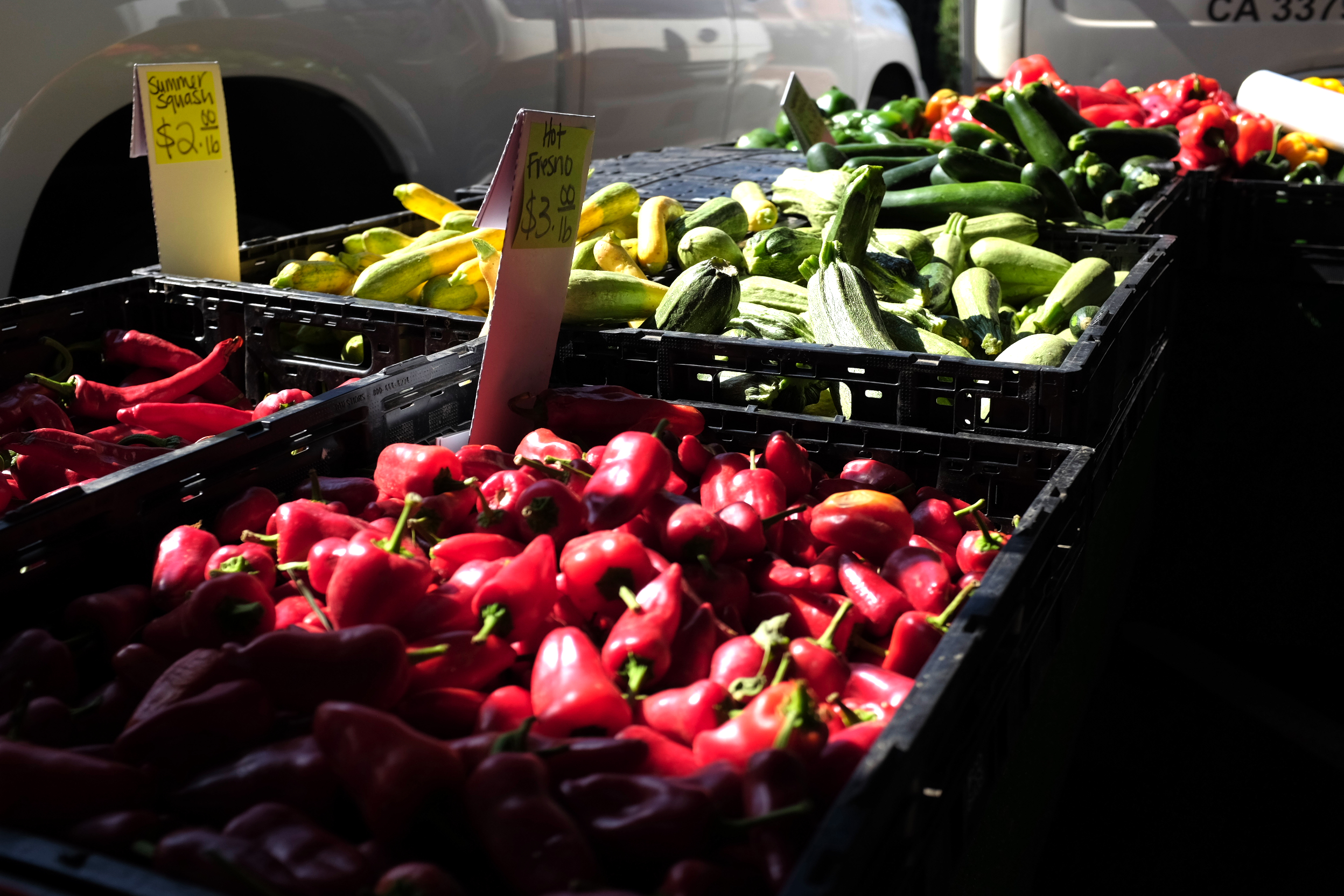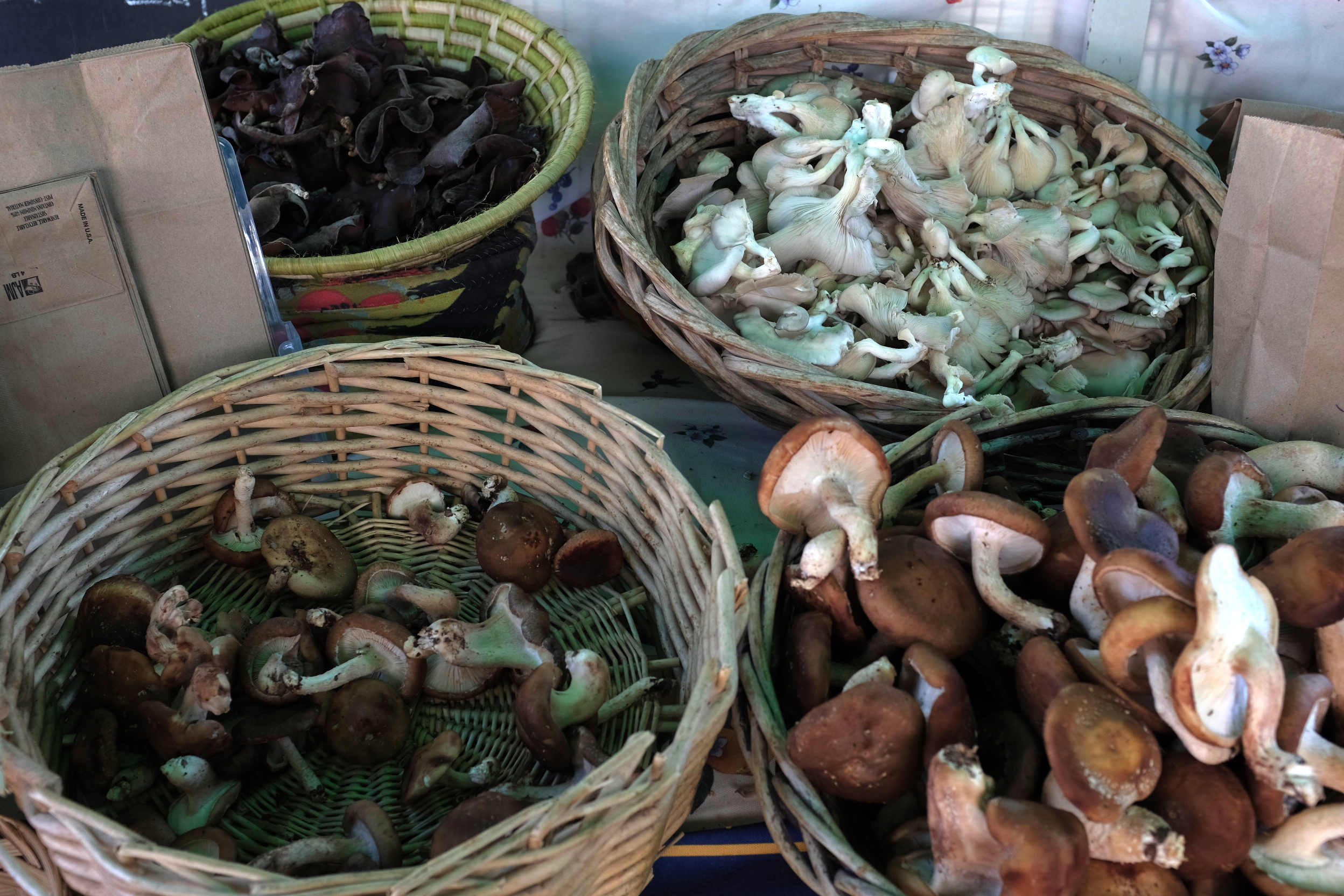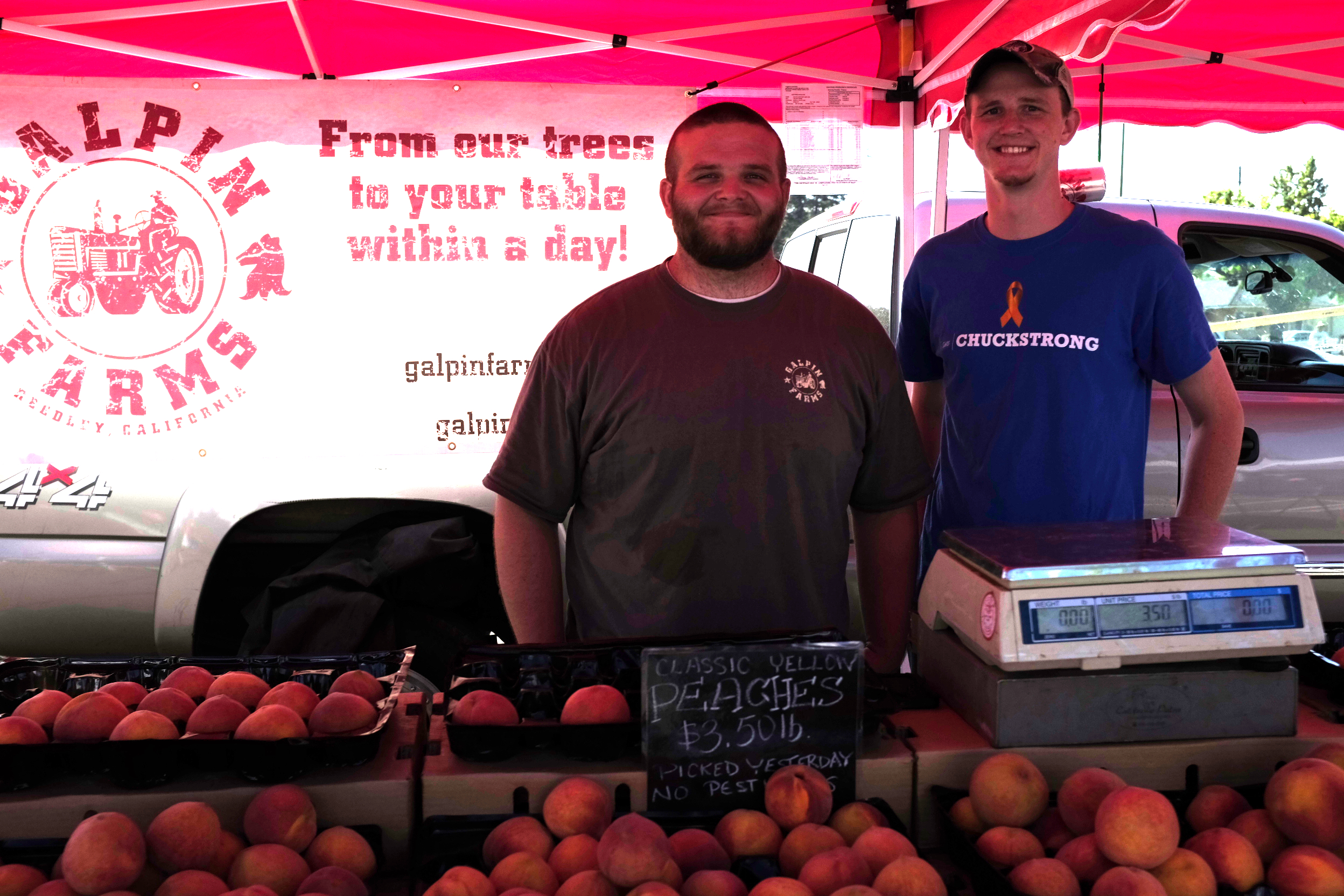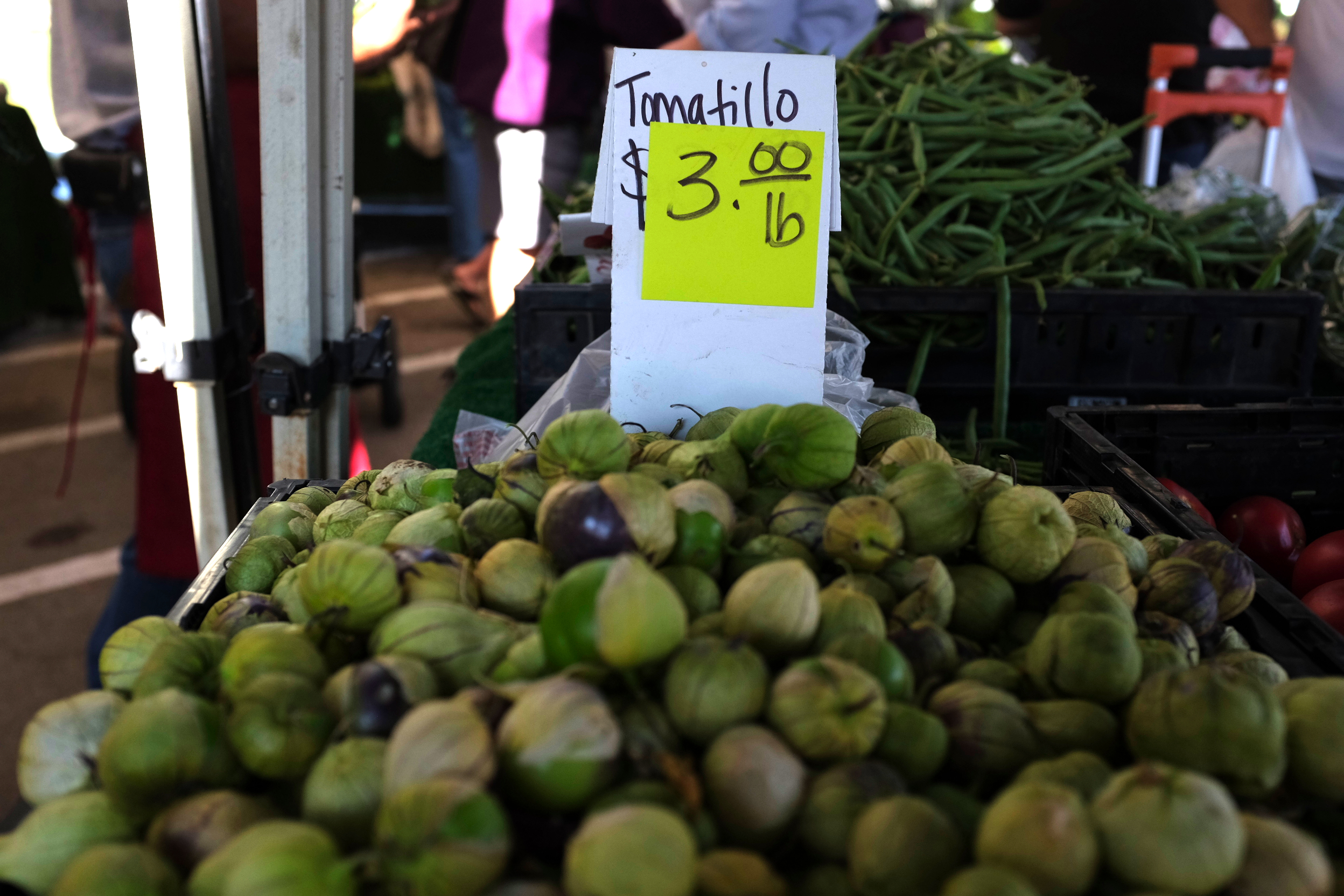There’s a problem with our food.
And the multifaceted movement towards slow-paced, farm-to-table, ethically raised, seasonably available and downright delicious food has its own niches, too. There are individuals who emphasize each characteristic of this anti-industrial eating complex, with books, websites and campaigns to boot; but follow any of them down their path a bit too far and it is difficult either to stay budget-friendly or keep up with the busy lifestyle that many of us have no choice but to live. I have said it once before but I’ll say it again: Michael Pollan’s seven-word eating mantra, “Eat food. Not too much. Mostly plants.”
Cooked, Pollan’s recent foray into the four basic cooking environments we humans have utilized– fire, water, air and earth– furthers his ten-year campaign for eating real, homemade, unprocessed meals by detailing the stories behind the cooking methods we love: barbecue, braise, bread and fermentation. Throughout, Pollan himself joins experienced pit masters, chefs, bakers and brewers to decipher how we nonprofessionals can bring these methods into our homes. What he insists, in the end, is that it is not only possible, but also time- and resource-efficient, to cook one’s own meals. I could not agree more myself!
Our culture is fascinated with cooking— there’s a reason why we Americans love TV shows about chefs who can make anything taste good. But when it comes to selecting, processing and serving raw ingredients ourselves, we aren’t much more than novices.
The military industrial complex of our past transformed our notion of food into fuel. Our food industry produces food, processes it, packages it and then ships it to locations near and far. Furthermore, companies produce instant TV dinners so that we don’t have to cook, much less eat at a real table. What happens is that our food– the stuff we were created and evolved to consume– has degenerated into food-like substances that fool our senses into thinking that we are eating real food. The tragedy is that we are rarely eating pure, unadulterated ingredients; instead, our fruits and vegetables are drained of nutrients, our meats full of hormones, and our goop full of goop. (Interested in what I’m referring to? Check out Pollan’s In Defense of Food: An Eater’s Manifesto.)
What can we do?
On the corporate-industrial level? Not much, not immediately. But we can learn to shop for fresh, unprocessed meats and produce, and learn to cook! The recipes posted on this blog are designed to help you create simple, delicious, healthy and keepable dishes that can be easily supported on almost any budget. Additionally I suggest checking out The Sprouted Kitchen, Live Simply, Deliciously Ella, and Williams-Sonoma Taste for a variety of approaches. I’ve also used Cooking From the Farmer’s Market by WS; it has an arugula-mint pesto pasta recipe to die for!
Step 1: Begin at the beginning.
Ah, the farmer’s market. Seasonal, local, fresh, and often organic. Personal, social, communal, ethical. These are all characteristics of shopping at a farmer’s market that will not only become addicting, but that demonstrate there is another way to do food. Have you shopped at your local farmer’s market yet? Here’s why you should start.
- Eating seasonally means consuming produce for which it’s the natural time of year for ripeness. Not only are these often cheaper, but this method of eating allows you to try a variety of foods.
- Eating locally means consuming produce that is grown near you. This minimizes the packaging and trucking required to deliver your food to you, which guarantees freshness.
- Eating organically— well, I believe we all have an idea of what this means. In addition to being free of pesticides and hormones, lots of organic produce is also more nutritional, as their soil is less treated or damaged.
- You often get to personally meet some of the men and women who plowed, sowed, watered and picked the produce at the farmer’s market. How cool is that!
- There’s often a social component to weekly farmer’s markets, where you realize you’re running into the same shoppers every week. This makes it easy to exchange recipes or ask them how they prepare vegetables you haven’t tried yet.
- It’s a communal experience in that the local community comes together to celebrate its local bounty– like old times!
- My favorite ethical aspect of the farmer’s market concept is that these individuals arrive to stand– literally– behind their produce. They stand there, proud of their methods and the fruits of their labor, ready to share it with you and answer your questions. No tricks, just good food.
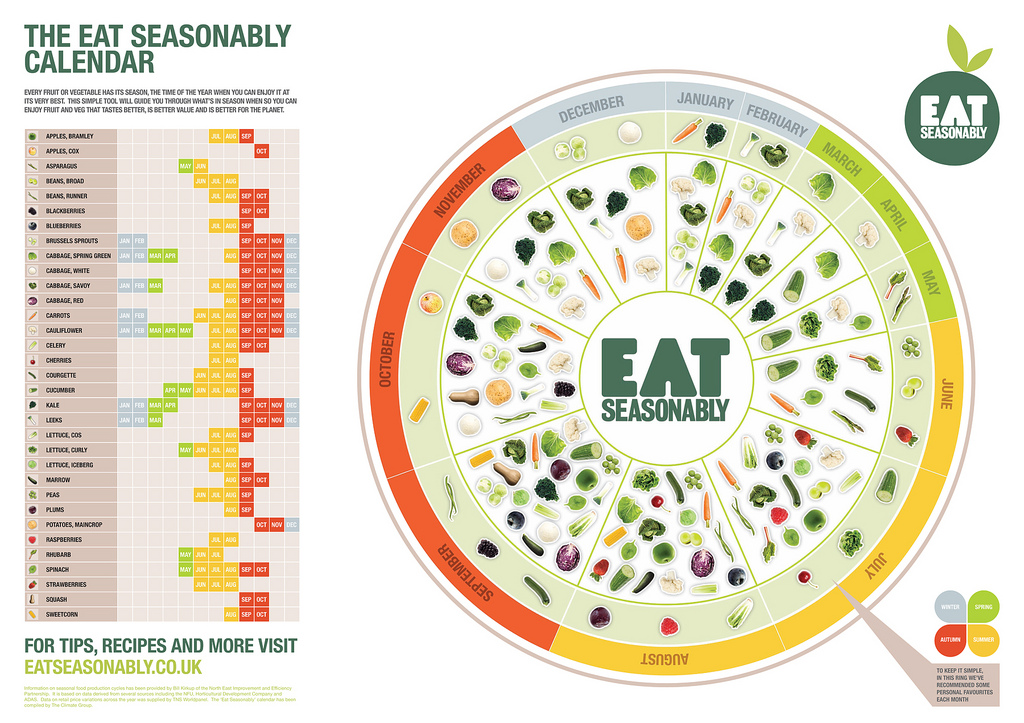
There are many seasonal eating guides– this one is from http://jenelisebeth.blogspot.com/2010/08/seasonal-produce-calendar-search.html
Are you a farmer’s market shopper? I’d love to hear about it!
Looking for a farmer’s market? Try the following sources!

